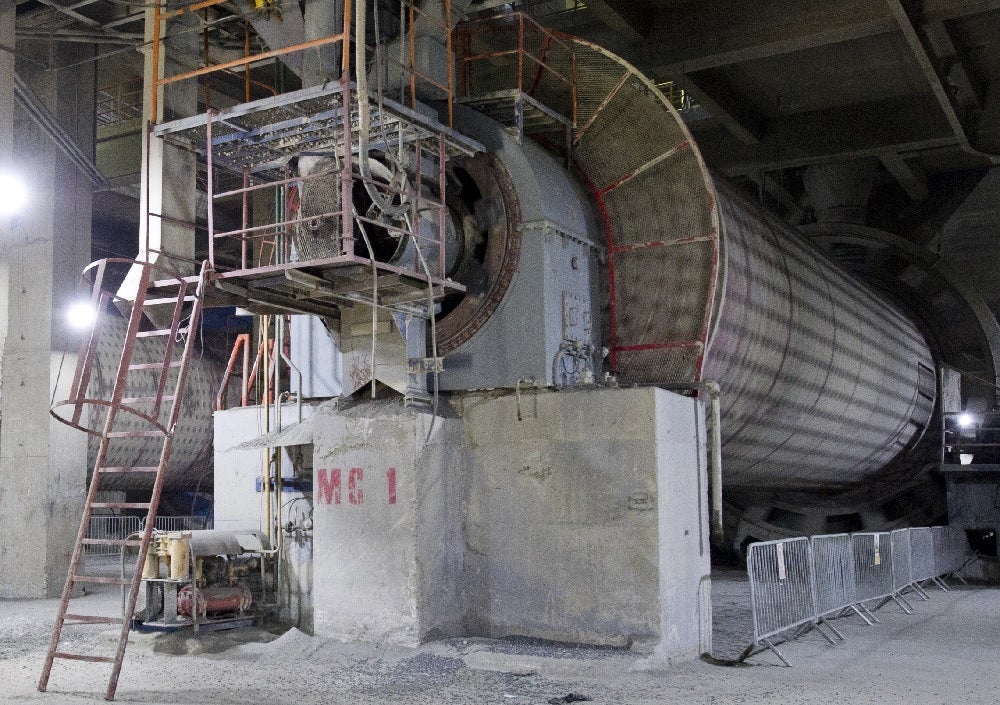
For many producers in hard rock mining, the horizontal grinding mill is the most critical asset, and unplanned outages have a major impact on uptime and the cost of operations. Increase availability for the mill by reducing the risk of failures and unplanned stops to improve KPIs – extending the mean time between failures is a sure way to reduce the cost per ton. Now, through SKF’s new pay-for-performance business model, you can achieve this on the operating budget rather than the capital investment budget.
How does SKF’s pay-for-performance business model work?
An introduction to the concept of SKF Rotating Equipment Performance and what it could mean for your business.
Assess:
Identify areas for improvement by assessing the benchmarking
Detect:
Avoid unplanned downtime by detecting and diagnosing
Maintain:
Use the right tools and services for maintaining machinery
Solve:
Leveraging technology and expertise to solve challenges
Rebuild:
Extend asset life, improve sustainability by rebuilding machine
But don’t take our word for it
A gold mine processing plant in a remote area in western Australia experienced repetitive failures in a horizontal grinding mill. As it is the most critical piece of equipment on-site, having a predictive monitoring strategy for the mill is essential. However, the distant location of the mill made manual data collection inconvenient and expensive. What’s more, manually collected data only gives a snapshot in time, meaning that events that could have an impact on the drive line of the mill were likely to be missed.
In 2017, the mill decided to approve the installation of an SKF Grinding Mill Multilog IMx-16 online condition monitoring system. The system was configured with suitable alarm thresholds to make sure that even the briefest events were captured every time they occurred.
In 2018, the online system had been operating for 18 months, capturing routine data on a daily basis. When vibration impact levels on the feed end trunnion bearing suddenly increased well above alarm levels, an automatic notification was sent to both SKF remote diagnostic team and the mill manager. The mill then decided to launch an even more focused monitoring regime in order to closely monitor the operational status of the bearings.
In the meantime, SKF started planning for a bearing replacement. This required the mobilisation of a workforce and mobile workshop specialists. They replaced the bearing and conducted all alignments, checks and commissioning requirements in order to bring the mill back into production.
Thanks to the advance warning from the condition monitoring system, the bearing could be replaced within an agreed timeframe during planned downtime. An unplanned stop could have been about 36 to 48 hours longer. The customer would also have faced high costs for the secondary damage, as well as costs associated with emergency mobilisation to a remote area. These expenses were now avoided thanks to the planned maintenance.

